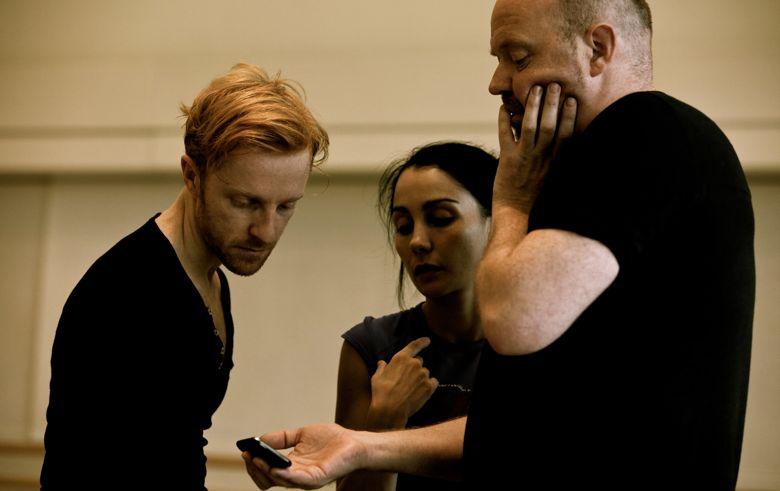Kim Brandstrup
DanceLines 2005 Motion Heard: Dance and Music Synerg

Producer
ROH2
Director
Kim Brandstrup
Participants
Choreographers
Rashpal Singh Bansal
Sarah Fahie
Liam Scarlett
Kirsty Tapp
Dancers
Azahara Vbera Biedman
Seke Chimutengwande
Joy Constantinides,
Richard Court
Dylan Elmore
Gena Mann
Ruth Moss
Nicole O’Neill,
Fearghus O’Conchuir
Fredrik Persson
Shala Tarrant
Natalia Thorn
Joseph Walkling
Kimbal Won
Liam Wrate
Musicians
Kim Helweg and Ansuman Biswas
With thanks to
John Ashford
Theresa Beattie
Val Bourne
Kate Flatt
Betsy Gregory
Gurmit Hukam
Veronica Lewis
Ikky Maas
Tim Tubbs
Professor Susan Melrose
John Robinson.
Related Links
This project is listed under...
DanceLines 2005 Motion Heard: Dance and Music Synerg
ROH2
Royal Opera House Covent Garden , September 2005
Project Brief
Music Seen, Motion Heard: a New Dance and Music Synergy
"Over the past 3 years Kim Brandstrup has initated and led a series of choreographic/research seminars with
Arc Dance Company, hosted by ROH2 and Middlesex University. The Summer 2005 project is one of several creative opportunities for choreographers offered within the ROH2 programme and a first step towards the
development of an annual course designed to meet the needs of today’s dance makers – an opportunity to
focus on research and experiment rather than finished performance. This year’s course, "Music Seen, Motion Heard: a New Dance and Music Synergy", focuses on the relationship between dance and music.
The Background
The notion that dance and music are inseparably linked has been challenged throughout the twentieth century. From early modern dance which created movement and dance first and subsequently composed the score, through to the chance-generated co-existence of sound and movement, each new challenge sought to free dance from subservience to the music.
Towards a new synergy
Some of these strategies have been invaluable in freeing us from habitual and imitative responses to music. But dance and music share a long history and in spite of our attempts to explore the limits of this relationship, for many (most?) choreographers music is what comes first. It is what makes us dance. Makers and spectators still marvel at the embodied musicality of the dancer, his or her rhythmical precision and phrasing. Certain choreographers including Balanchine, Ashton, and Mark Morris are hailed for their innate musicality.
The course itself
With both recent and longer-term history in mind, this course will explore ‘musicality’ and a number of
different strategies for the use of music drawn from a range of cultural sources including Indian dance,
19th century Western musical composition as well as contemporary rhythmical driven music. To encourage as well as expand the use of music in our dance making, 5 choreographers and a group of musicians from different backgrounds will engage over two weeks in a practical dialogue of both research and creation."